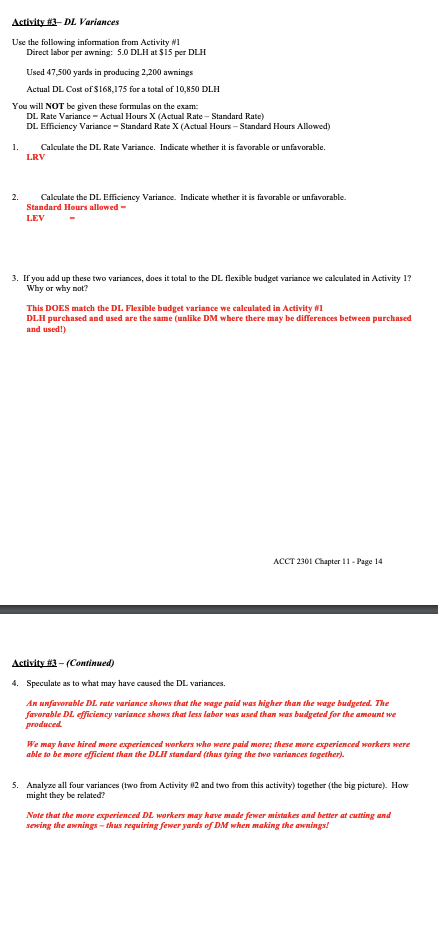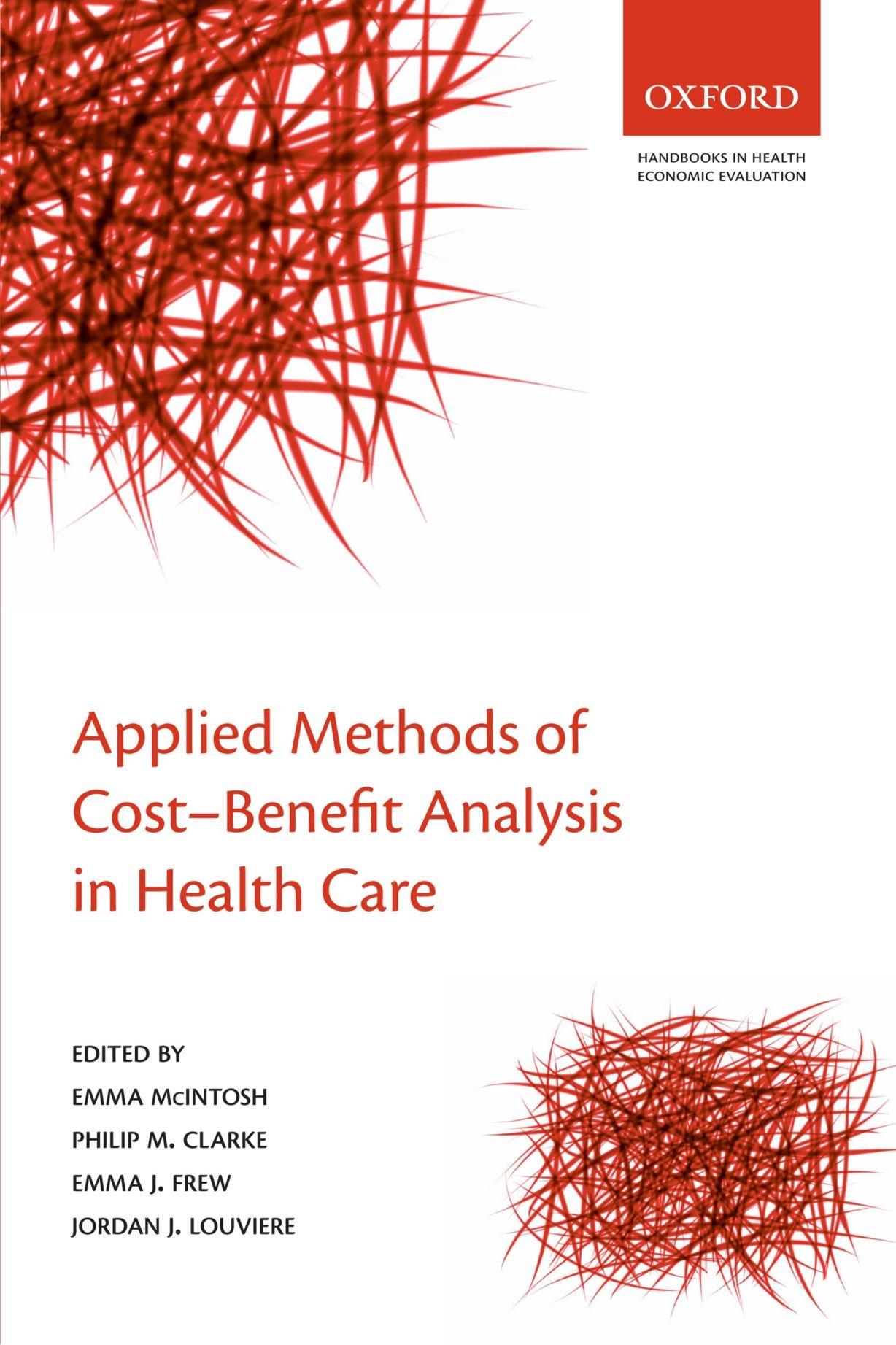
Activity 613-DL Variances Use the following information from Activity w1 Direct labor per awning: 5.0 DLH at $15 per DLH Used 47,500 yards in producing 2,200 awnings Actual DL Cost of $168,175 for a total of 10,850 DLH You will NOT be given these formulas on the exam: DL Rate Variance - Actual Hours X (Actual Rate - Standard Rate) DL Efficiency Variance - Standard Rate X (Actual Hours - Standard Hours Allowed) Calculate the DL Rate Variance. Indicate whether it is favorable or unfavorable. LRY 1. 2. Calculate the DL Efficiency Variance. Indicate whether it is favorable or unfavorable. Standard Heurs allowed - LEV 3. If you add up these two variances, does it total to the DL flexible budget variance we calculated in Activity 1? Why or why not? This DOES match the DL Flexible budget variance we calculated in Activity N1 DLH purchased and used are the same (unlike DM where there may be differences between purchased and used!) ACCT 2301 Chapter 11 - Page 14 Activity #3 - (Continued) 4. Speculate as to what may have caused the DL variances. An unfavorable DL rate variance shows that the wage paid was higher than the wage budgeted. The favorable DL efficiency variance shows that less labor was used than was budgeted for the amount we produced We may have hired more experienced workers who were paid more; these more experienced workers were able to be more efficient than the DLL standard (thus tying the two wariances together). 5. Analyze all four variances (two from Activity 62 and two from this activity) together (the big picture). How might they be related? Note that the more experienced DL workers may have made fewer mistakes and better at cutting and sewing the awnings -- thus requiring fewer pards of DM when making the menings! Activity 613-DL Variances Use the following information from Activity w1 Direct labor per awning: 5.0 DLH at $15 per DLH Used 47,500 yards in producing 2,200 awnings Actual DL Cost of $168,175 for a total of 10,850 DLH You will NOT be given these formulas on the exam: DL Rate Variance - Actual Hours X (Actual Rate - Standard Rate) DL Efficiency Variance - Standard Rate X (Actual Hours - Standard Hours Allowed) Calculate the DL Rate Variance. Indicate whether it is favorable or unfavorable. LRY 1. 2. Calculate the DL Efficiency Variance. Indicate whether it is favorable or unfavorable. Standard Heurs allowed - LEV 3. If you add up these two variances, does it total to the DL flexible budget variance we calculated in Activity 1? Why or why not? This DOES match the DL Flexible budget variance we calculated in Activity N1 DLH purchased and used are the same (unlike DM where there may be differences between purchased and used!) ACCT 2301 Chapter 11 - Page 14 Activity #3 - (Continued) 4. Speculate as to what may have caused the DL variances. An unfavorable DL rate variance shows that the wage paid was higher than the wage budgeted. The favorable DL efficiency variance shows that less labor was used than was budgeted for the amount we produced We may have hired more experienced workers who were paid more; these more experienced workers were able to be more efficient than the DLL standard (thus tying the two wariances together). 5. Analyze all four variances (two from Activity 62 and two from this activity) together (the big picture). How might they be related? Note that the more experienced DL workers may have made fewer mistakes and better at cutting and sewing the awnings -- thus requiring fewer pards of DM when making the menings







